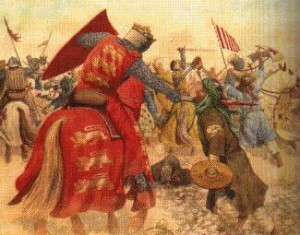 The Christian crusades of the Middle Ages were one of the greatest evils ever carried on in the history of the world. Oh, I know, I know. It was nothing compared to the holocaust, right? The crusades were just wars where one country was trying to get land from another country, right?
The Christian crusades of the Middle Ages were one of the greatest evils ever carried on in the history of the world. Oh, I know, I know. It was nothing compared to the holocaust, right? The crusades were just wars where one country was trying to get land from another country, right?
Wrong.
I would argue that the crusades were worse than the holocaust and all other wars. Why? Because the crusades were carried out in the name of Jesus and under the banner of the church. Though numerous evils occur in this world, they become exponentially more evil when done in the name of Jesus.
Which is worse? Rape, or raping someone in the name of Jesus? It does happen. Some men treat their wives like crap, and then when the woman doesn’t want to sleep with him, he rapes her, quoting 1 Corinthians 7:4-5: “The wife does not have authority over her own body; but the husband does,” and “Do not deprive one another…”
Which is worse? Killing babies, or killing them in the name of Jesus? Again, this happens also. We have all read news stories about parents who kill their children because they thought Jesus was telling them to do so. That is not Jesus; that is pure evil.
Which is worse? Going to war, or going to war in the name of Jesus? War is bad enough, but when we go forward to kill and conquer others for the cause of Christ, we are not following Jesus but the devil instead.
The New Christian Crusade
So I was shocked and outraged to learn about a new “Crusade” that is starting to take place in Uganda under the guise of Christianity and bearing the name of Jesus. It is a new “Holy War” for Jesus where Christians are going out to kill other people because those people live a certain way. And before we too quickly blame African Christians for such barbaric behavior, it is American Christians who are going over to Africa to teach and encourage the Christians there to engage in this bloody and murderous crusade.
There is a documentary coming out this week about this newest Christian crusade. It is called “God Loves Uganda.” Here is the preview:
I have looked at some of the comments on this video on other blogs, and it is shocking to me how some Christians try to defend what is going on in Africa at the hands of Christians.
 I read one person who said, “They’re gay and under the curse of God!” WHAT? Even if that were true (it isn’t), that gives you the right to kill them? Such an idea is Satanic.
I read one person who said, “They’re gay and under the curse of God!” WHAT? Even if that were true (it isn’t), that gives you the right to kill them? Such an idea is Satanic.
Another person said that what the Ugandan Christians were doing is nothing compared to what the Muslims are doing or what Kony is doing. So…. our standards of behavior are now Muslim extremists and Kony? Whatever happened to following the ways of Jesus?
Look, I am sure there are extenuating circumstances in Uganda that I know nothing about. I am sure that the makers of this film had some sort of agenda. I am sure that some of the people who kill others in the name of Jesus are not really Christians.
But I don’t care about any of that.
As long as there are Christians who teach people to hate others because of their lifestyle, politics, or skin color, there must be other Christians who stand up and denounce such behavior as having absolutely nothing to do with Jesus Christ or His church.
Where do You Stand?
If you want to read more about this film and it’s director, Roger Ross Williams, I recommend an interview he did here with the Sundance Film Festival. Here is one thing he said:
It’s OK to believe that homosexuality is not God’s way, but it’s not OK to condone or support or even look the other way when there’s violence against LGBT people. Many of the Evangelicals who are missionaries in Uganda, even though they’re not directly participating in violence, will look the other way and pretend it’s not happening. If you’re a Christian you don’t condone violence against anyone, but they’re not standing up. American Evangelicals have a huge amount of influence in Uganda.
I do not know if there were Christians who stood up and condemned the Crusades against the Muslims in the Middle Ages, but I, for one, stand up and condemn the Crusade against Gays in our own day. Where do you stand?


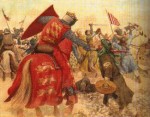

 Life is hard.
Life is hard.
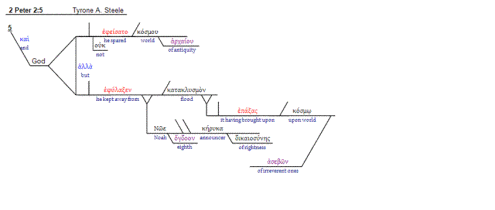 And in fact, this would be somewhat easy to do, since these first several verses of 2 Peter 2 are full of Greek participles, which are notoriously difficult to translate and understand in context. With Greek participles, there are always a host of questions about how the participle is functioning in context.
And in fact, this would be somewhat easy to do, since these first several verses of 2 Peter 2 are full of Greek participles, which are notoriously difficult to translate and understand in context. With Greek participles, there are always a host of questions about how the participle is functioning in context. In the following verses, God is often implied to be the agent of destruction—as the one who brought the destruction, as the one who carried it out. But as 2 Peter 2:1 indicates, the reason for the destruction is quite clear: the false teachers bring this destruction upon themselves. They are the ones who brought it. They are ones to blame (2 Peter 2:1-3).
In the following verses, God is often implied to be the agent of destruction—as the one who brought the destruction, as the one who carried it out. But as 2 Peter 2:1 indicates, the reason for the destruction is quite clear: the false teachers bring this destruction upon themselves. They are the ones who brought it. They are ones to blame (2 Peter 2:1-3).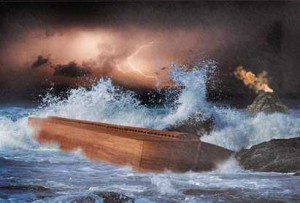 So it was in the case of the flood. When Peter writes in 2 Peter 2:5 that the flood was brought upon the people at the time of Noah, Peter uses the exact same word he uses in 2:1 to write about how the false teachers brought destruction upon themselves (Gk., epagō, “to bring upon”). The flood was brought upon the people in the days of Noah in the same way that destruction is brought upon false teachers, and chains of darkness were brought upon angels who sinned, and fire and brimstone was brought upon Sodom and Gomorrah.
So it was in the case of the flood. When Peter writes in 2 Peter 2:5 that the flood was brought upon the people at the time of Noah, Peter uses the exact same word he uses in 2:1 to write about how the false teachers brought destruction upon themselves (Gk., epagō, “to bring upon”). The flood was brought upon the people in the days of Noah in the same way that destruction is brought upon false teachers, and chains of darkness were brought upon angels who sinned, and fire and brimstone was brought upon Sodom and Gomorrah.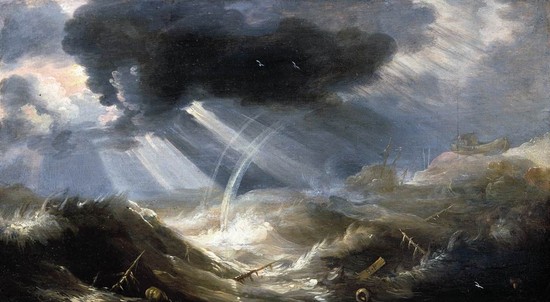
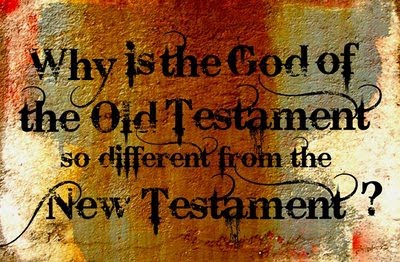 How can a God who says "Love your enemies" (Matthew 5:44) be the same God who instructs His people in the Old Testament to kill their enemies?
How can a God who says "Love your enemies" (Matthew 5:44) be the same God who instructs His people in the Old Testament to kill their enemies?

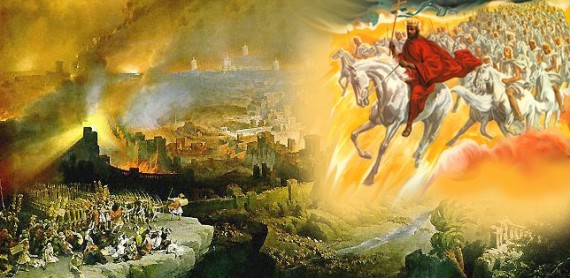
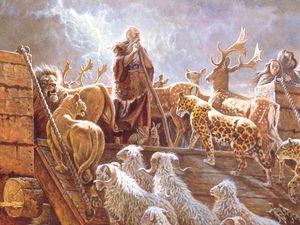 What is this attitude? What is the failure? It is living life as if nothing else matters beyond this life. It is when people fill their lives with some of the blessings of life—such as eating, drinking, and marrying—so that they ignore the signs of the times in which they live and the testimony from God about what is coming unless they all heeded the warnings and followed the ways of God (Matthew 24:32-33).
What is this attitude? What is the failure? It is living life as if nothing else matters beyond this life. It is when people fill their lives with some of the blessings of life—such as eating, drinking, and marrying—so that they ignore the signs of the times in which they live and the testimony from God about what is coming unless they all heeded the warnings and followed the ways of God (Matthew 24:32-33). The fire of God is like the fire of the sun. Just as all the oceans of the world would do no more to quench the fires of the sun any more than would a single drop of water, so also, all the sins of all the people of all the world can do no more to quench the inferno of God’s holiness than would a single unkind thought from one person. Sin cannot taint God, for all sin is incinerated by the fire of God’s love, holiness, righteousness, and glory.
The fire of God is like the fire of the sun. Just as all the oceans of the world would do no more to quench the fires of the sun any more than would a single drop of water, so also, all the sins of all the people of all the world can do no more to quench the inferno of God’s holiness than would a single unkind thought from one person. Sin cannot taint God, for all sin is incinerated by the fire of God’s love, holiness, righteousness, and glory.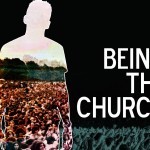
 When most people in our culture think of church, what comes to mind?
When most people in our culture think of church, what comes to mind?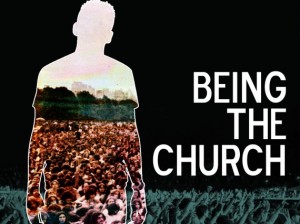 Want to be the church in your community but don't know? Here are some posts which not only explain what it means to be the church in your community, but also gives concrete, practical examples of what it looks like and how to be the church whatever you do and wherever you go.
Remember, you ARE the church, and wherever you go, Jesus goes with you!
Want to be the church in your community but don't know? Here are some posts which not only explain what it means to be the church in your community, but also gives concrete, practical examples of what it looks like and how to be the church whatever you do and wherever you go.
Remember, you ARE the church, and wherever you go, Jesus goes with you!
